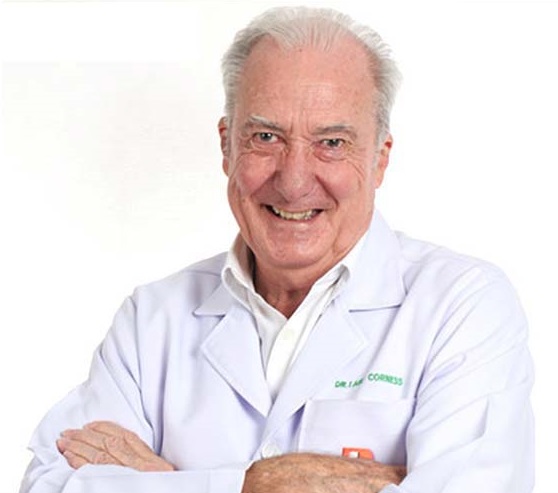
 One of the lesser known medical specialties is Occupational Medicine. This is the study of worker health, how the workplace affects health, the man-machine interface, industrial exposure to contaminants and many other occupational hazards. One example of occupationally induced conditions is known as ‘Vibration White Fingers’ and comes under the general umbrella of an interesting set of conditions known as Raynaud’s phenomenon.
One of the lesser known medical specialties is Occupational Medicine. This is the study of worker health, how the workplace affects health, the man-machine interface, industrial exposure to contaminants and many other occupational hazards. One example of occupationally induced conditions is known as ‘Vibration White Fingers’ and comes under the general umbrella of an interesting set of conditions known as Raynaud’s phenomenon.
Since doctors like to have conditions named after them, Raynaud’s phenomenon comes from Dr. Maurice Raynaud, a French physician who published a report in 1862 of a young woman whose fingertips changed colors when she was cold or under stress. He is credited with the discovery of the condition. Thank you Dr. Raynaud!
Raynaud’s phenomenon, sometimes called Raynaud’s syndrome or disease, is a disorder of blood circulation in the fingers. This condition is usually produced by exposure to cold which reduces blood circulation causing the fingers to become pale, waxy-white or purple. This condition is sometimes called “white finger,” “wax finger” or “dead finger”. These attacks occur when the hands or the whole body get cold either at work or at home. Household or leisure activities resulting in cold exposure can include washing a car, holding a cold steering wheel, or the cold handlebars of a bicycle. Attacks of white finger can also occur when a person is outdoors watching sports, or while gardening, fishing or golfing in cold weather.
Typical attacks occur with tingling and slight loss of feeling or numbness in the fingers, blanching or whitening of the fingers, usually without affecting the thumb, and pain, sometimes with redness, which accompanies the return of blood circulation generally after 30 minutes to two hours.
Many cases of Raynaud’s phenomenon are such that we cannot identify the cause. To escape the embarrassment of admitting that we just don’t know, we call this “primary Raynaud’s phenomenon” or even “constitutional” white finger. However, when we do know the occupational cause of Raynaud’s phenomenon we call it “secondary Raynaud’s phenomenon”!
In the occupational sphere, there are many causes of this secondary condition. It is most commonly associated with hand-arm vibration syndrome but it is also involved in other occupational diseases. Awareness of the condition can help prevent the disorder from occurring or progressing, as if not detected in the early stages, the disorder can permanently impair blood circulation in the fingers.
Although Raynaud’s phenomenon is not life threatening, severe cases cause disability and may force workers to leave their jobs and workman’s compensation issues may end up in courts of law. Although rare, severe cases can lead to breakdown of the skin and gangrene. Less severely affected workers sometimes have to change their social activities and work habits to avoid attacks of white finger.
The underlying cause relates to the physiology of maintaining an even body temperature. Usually, the body conserves heat by reducing blood circulation to the extremities, particularly the hands and feet. This response uses a complex system of nerves and muscles to control blood flow through the smallest blood vessels in the skin. In people with Raynaud’s phenomenon, this control system becomes too sensitive to cold and greatly reduces blood flow in the fingers.
Exposure to vibration from power tools is by far the greatest concern in secondary Raynauds. Hand-held power tools such as chain saws, jackhammers and pneumatic rock drillers and chippers can cause “hand-arm vibration syndrome”. This disorder is the “vibration white finger”, “hand-arm vibration syndrome (HAVS)”, or “secondary Raynaud’s phenomenon of occupational origin.”
In early years, before the cancer-causing effects of vinyl chloride monomer were known, workers exposed to high levels of this chemical also experienced Raynaud’s phenomenon. So that is the story of Raynaud’s phenomenon. Fortunately, in our warm tropical climate it is rarely seen, other than the occupational secondary variety.
 |
 |
 |





